Clarkia: description, planting and care

Clarkia is a genus of annual plants that delight gardeners with their lush and abundant flowering all summer. The culture got its name in honor of Captain William Clark, who in the 19th century brought plants from the California coast to the countries of the Old World.
Today, there are over 30 varieties of culture.

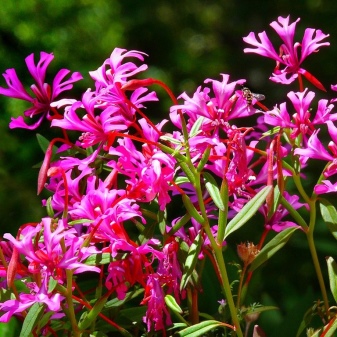
Description
In its natural environment, clarkia is found in the northern part of the American continent, as well as in Chile. The culture is an annual plant, which, depending on the variety, is medium or tall - its length varies from 35 to 90 cm. Stems are erect, strongly branched, abundantly pubescent with short but dense villi. Leaf blades are bright green in color, may have a bluish bloom. The shape is elongated, oval, the arrangement of the leaves is alternate. The flowers are axillary, they can be simple or double, the diameter reaches 3 cm, the color can be very diverse. Usually they gather in spike-shaped or racemose inflorescences, a single arrangement is rare. The petals can be whole or three-lobed, the calyx is usually tubular. The fruit is an elongated box-polysperm.

How is it different from godetia?
Clarkia is very similar to godetia, the similarity is so strong that some botanists even for a long time considered these crops to be a variety of the same plant. However, these are different cultures.
Claricia has small flowers, like miniature roses, as if strung on stems-twigs. In godetia, the flowers are rather large, elegant, satin - the size of each is 6–8 cm, they are double or simple. Both cultures can have a wide variety of shades: white, pink, as well as scarlet, purple, lilac and bluish.
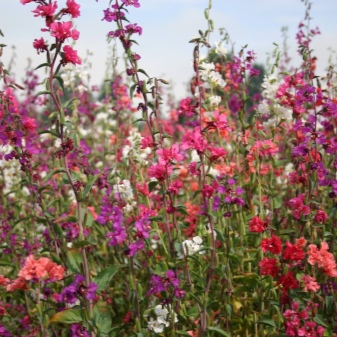

The height of the bush also differs. Clarkia grows up to 30–90 cm, while the length of the stem of the godetia does not exceed 30–40 cm.
Despite the differences, gardeners often plant these plants together. They argue that cultures complement each other harmoniously in a flower bed.
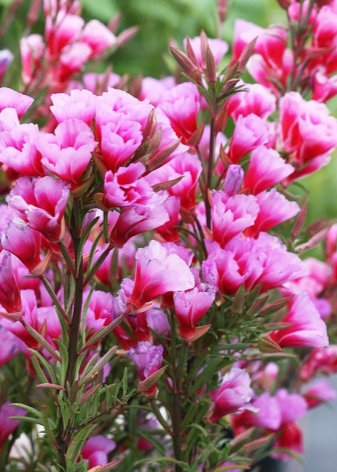

Types and varieties
Today, there are about 35 varieties of clarkia, but only four varieties are of interest to breeders - they became the basis for obtaining a large number of decorative garden forms.
Terry
The height of this annual bush reaches 36 cm. Branched stems, elongated leaves, dark green. Terry flowers, the diameter is 3-4.5 cm, can have a wide variety of shades: from pure white to deep carmine.
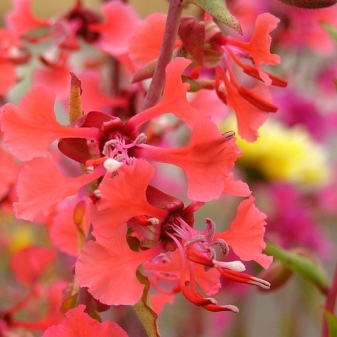

Fantasy
Another beautiful plant that is distinguished by its lush color. The height of the stems is up to 75 cm, the flowers are axillary, in most cases double, can have a wide variety of colors. This variety is widely used to decorate the club, looks beautiful as part of group and single plantings, is often used for cutting.


Pretty
Among gardeners, it is better known as omitted. This is a low-growing variety that grows only up to 40 cm. The leaf blades are elongated, narrow, solid, pointed at the end. The flowers are small - up to 3 cm in size, they can be double or simple. Their distinctive feature is the division of the petals into 3 lobes. The tint palette is very diverse.Flowers are formed one at a time or in small groups in the axils of the leaf plates. Clarkia pretty usually dismisses before the rest of her "sisters" for a couple of weeks.

Due to the original shape of the petals in the United States, this variety is often referred to as "elk antlers". It was he who became the basis for breeding the Ariana variety, which is in great demand among flower growers. A feature of the variety is the two-color flowers of white and purple shades, the height of the bush is 40-50 cm.


Graceful
The second name is "marigold", found in the natural environment in California. The height of the bush is 50–90 cm, the stems are quite strong, branching, woody near the base, but at the same time thin. The leaves are dark green, have a characteristic bluish tint, the shape is slightly elongated, the edge is sparsely toothed. The characteristic reddish veins are visible on the leaf blades. Clarkia flowers of this species are small - 3–3.5 cm, gather in cluster-like inflorescences. The tint palette is rich: there are bright scarlet, milky white and pale pink varieties. The first flowers appear in mid-June and delight their owners until October.

Clarkia graceful has become a "parent culture" for breeding several popular varieties:
- "Albatross" - This is a 6–7 cm high bush with snow-white velvety flowers;
- Salmon perfection - tall plant 90–100 cm long, double flowers, pale pink;
- "Sun" - a variety that grows up to 65–70 cm, salmon flowers, grow singly in the axils of the leaf plates;
- Orange - medium-sized bush 55–65 cm long, flowers of deep orange color.



Clarkia of the "Radost" variety is very popular among domestic gardeners. Its erect, branched stems grow up to 50-60 cm. The diameter of the flowers is 3-4 cm. Flowering begins in June, the plant is covered with flowers profusely from bottom to top. The tint palette can be very diverse: from rich pink to crimson shades.


The variety "Brilliant" enjoys no less love, it is a branchy lush bush with a height of 65–80 cm. It blooms very profusely and for a long time - from the first days of July until the end of September. The flowers are velvety, the colors are red-pink.

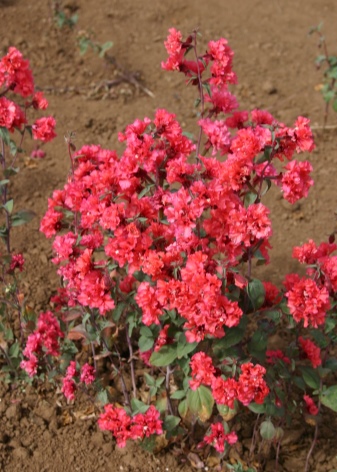
Growing from seeds
Optimal timing
In spring, sowing is best done in the first half of May, in which case the first flowering can be expected already in mid-July, and it will last until the end of September.
Autumn planting is allowed, while the seedlings are placed in open ground at the end of September. As a rule, by the time frost begins, the sprouts have time to get stronger and in this state they can already overwinter under cover. With autumn planting, flowering can be achieved much earlier - already in early June.

Sowing
Traditionally, clarkia is grown by seed, it can be seedling or seedling. In the first case, the seeds are planted directly into the ground. Before sowing seeds, it is very important to prepare the site: it is best to add peat in advance in a proportion of 1 kg / sq. m., as well as 1 tbsp. l. superphosphate and potassium sulfate (in the same area). Prepare the nutrient substrate at least a couple of weeks before planting.
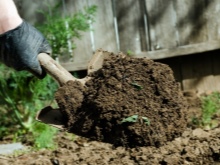


Seeds are placed in holes, 4-5 pieces in each, the distance between the holes is kept at the level of 30-40 cm.
It is not necessary to deepen the seedlings too much - it will be quite enough to press them to the ground and send them a little with earth.
The first shoots appear after a couple of weeks, during this period they can be dived, but you should not get carried away with planting, since blooming clarkia in a thickened planting will look much more spectacular.

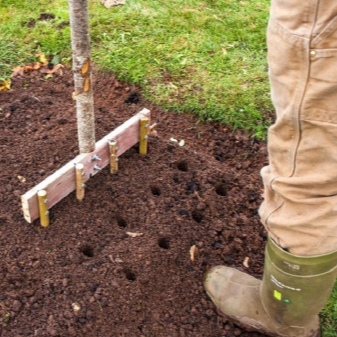
Seeds can be planted in the fall, the seedlings are perfectly preserved under the layer of snow, but even if the seedlings do not have time to germinate before the frost begins, there is nothing dangerous in this, in early spring, as soon as the snow melts, they will rise together, and you will only have to thin out the plantings slightly.

Seedling care
When growing clarkia in seedlings, at the very first stage of its life cycle, the plant is protected from temperature fluctuations, recurrent frosts and cold showers. That is why most flower growers still prefer to grow seedlings first, rather than plant seeds directly in the ground. Usually, these works begin in the month of March, then you can achieve flowering in early June.

Clarke seeds are placed in a slightly acidic substrate, slightly pressed down with a board, sprayed with water from a spray bottle, covered with a plastic bag or glass to create a greenhouse effect, and then placed in a bright, warm place, but keep in mind that direct UV rays should not penetrate there. As soon as the very first shoots appear, the greenhouse can be cleaned, but the container itself, before moving the seedlings to an open area, should be placed in a dry, heated place, always with high-quality ventilation.
When the first full-fledged leaves are formed in the seedlings, it should be dived.



Landing in open ground
Clarkia is a light-loving culture, but at the same time it can grow and develop well in light partial shade. This plant needs space, as it grows rather quickly.
It is very important to choose the right place for the culture - one that excludes drafts, otherwise the stems of the bush may break.
The flower develops best on fertile soil of medium to light density. Of course, this plant is very unpretentious and can grow on loam, but then flowering will be poor and short-lived.

For future seedlings, it is necessary to prepare an earthen mixture: take a universal substrate for seedlings and add rotted manure, clean river sand, and peat in equal quantities to it.
In order to reduce the risk of infection with fungal infections, the prepared soil can be calcined in a preheated oven or steamed in a water bath.

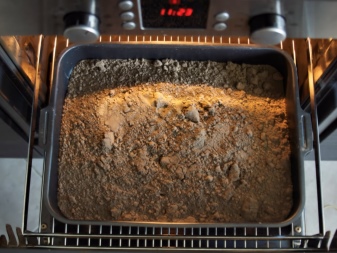
Clarkia is planted in open areas in May. If the soil is not suitable for the crop due to the pH mismatch, you can acidify the substrate. For this, 60 g of sulfur / sq. m. or lightly watered with a solution of citric acid (at the rate of 1.5 tbsp. l. per bucket of water). If the soil, on the contrary, is too acidic, then before planting it must be limed. The greasy soil should be additionally mixed with sand.



Clarkia is planted in the following sequence: first, young seedlings are taken out of the container, but not one by one, but in small groups. They need to be taken together with a lump and planted in the holes, the voids are filled with the substrate prepared in advance. The distance between the holes is maintained at a level of 30-40 cm, a stick or a regular rail should be stuck near each plant - in the future, it will serve as a support for refined stems.
Different varieties are best planted at a short distance from each other, then they can get dusty among themselves.
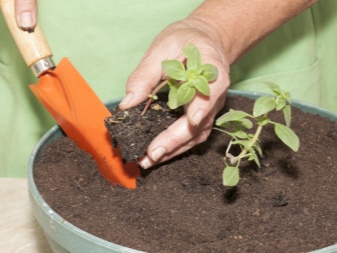
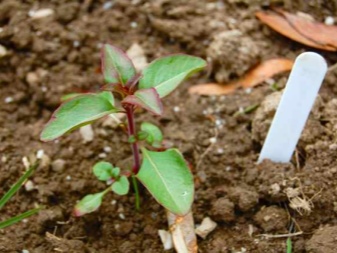
How to take care of it properly?
In order for clarkia to delight you with its healthy and lush flowering for a long time, you must adhere to simple rules for caring for this plant.
Watering
In hot summer weather without heavy rainfall, Clarkia requires regular, moderate watering as the soil dries up - usually twice a week. However, keep in mind that in no case should you flood the plant, otherwise root decay will begin. For to prevent this unpleasant phenomenon, it is best to plant the crop in well-drained soil.

The wet substrate should be slightly loosened - this improves the flow of air to the roots.
If the weather is rainy and cool, then it is better to stop watering completely.
Water must be poured directly under the bush, preventing the liquid from getting on the leaves and flowers, otherwise burns may appear on them under the rays of the sun.
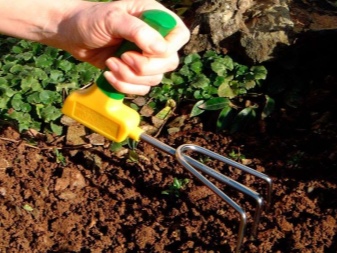

Fertilizer
Fertilizers for clarke need to be applied twice a month, especially at the stages of budding and flowering. It is best to use ready-made mineral complex formulations that you can buy at any store.
The use of organics is not recommended.
This plant especially needs top dressing in dry, little rainy weather. In order to achieve a more lush flowering, you can add a little crushed wood ash to the ground.


Pruning
In order for the flowering to be longer and more spectacular, all wilting inflorescences must be removed in a timely manner, otherwise the plant simply will not have the vitality left in order to give new flower stalks.
The same goes for withering dried stems, shoots and twigs.


Seed collection
Clarkia tends to multiply by self-sowing, therefore, even at the time of flowering, you need to choose 3-4 large flowers, after pollination, wilting and at the very beginning of the formation of the fruit, it should be "isolated". To do this, the fruit is wrapped with a clean bandage and fixed to the stem, but not too tightly. Thus, the seeds ripen, but the gauze prevents them from scattering - this eliminates the risk of self-seeding.
After the flower withers, the seed material ripens for about a month, the finished boxes look dark brown, they need to be collected and dried naturally, and then placed in paper envelopes or matchboxes for storage.


Wintering
Clarkia is characterized by high resistance to frost, however, during autumn planting, in order for the flower to be better preserved, it must be covered with mulch (you can use moss, fallen leaves, hay or pine needles).



In all other cases, you just need to cut off all parts of the bush in the fall and dig up the roots in order to prevent the development of fungal infections in the ground.
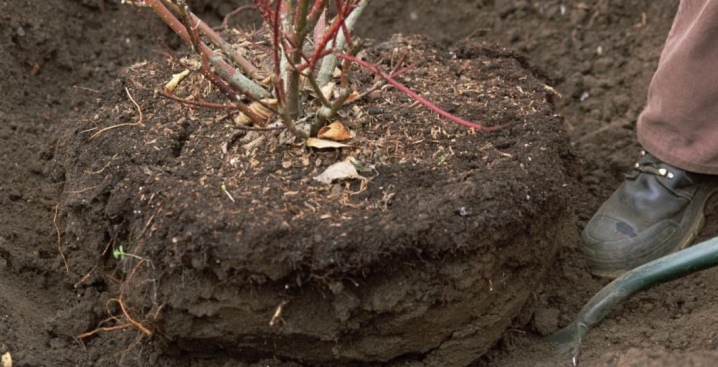
Diseases and pests
The crop is highly resistant to diseases and insect pests, however, some care errors can cause the appearance of fungal and viral infections, in particular if the crop is planted on loamy soil, this often leads to the appearance of rust. Fungal infection manifests itself in the form of yellowish-brown spots with a well-defined edging on the leaves. In most cases, pathology is the result of an excess of moisture or excessive application of nitrogen-containing fertilizers. For resuscitation, it is best to use fungicidal preparations, for example, Bordeaux liquid gives a good effect, spraying is done twice a day.
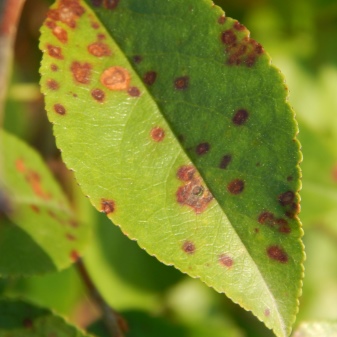

Excessive moisture often provokes the appearance of downy mildew, in this case, dark or colorless rounded spots form on the back of the leaf, and the leaf blades themselves are deformed. Any fungicide is used to combat the fungus.
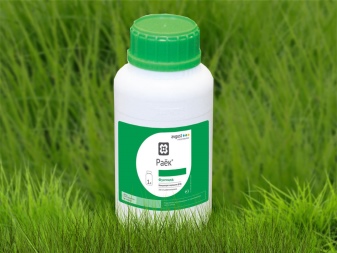

An insect such as a mealybug is a great danger to clarkia. Rarely, but aphids can appear on the surface of the green parts of the clarkia - in both cases, insecticides can be used to combat the scourge.


With excessive waterlogging near the flower, flower midges often appear, especially often this happens in indoor or balcony cultivation. The greatest danger is not the insects themselves, but their larvae, which feed on the roots. In the event of an attack by pests, the plant must be transplanted into another pot, having previously treated it against midges.
To prevent their appearance, it is necessary to loosen the ground near the bush from time to time, and before planting, it is imperative to form a drainage layer.

If preventive measures did not help and the midge nevertheless appeared, then the easiest way to deal with it is with ordinary matches. To do this, they are inserted into the ground with a sulfur head - 5–8 pieces around each bush. As soon as the sulfur melts, the manipulations are repeated, usually 3-4 treatments are enough. Alternatively, you can use a light pink potassium permanganate solution or a mild laundry soap solution.
A chemical pencil against cockroaches and other domestic insects, for example, "Mashenka", is highly effective - you need to rub it and sprinkle it on the ground near the plant. Such insecticides as "Bazudin" and "Mukhoed" very quickly cope with uninvited insects.



Use in landscape design
The beauty of Clarkia looks very impressive in a group composition. Such varieties as Sakura, Mademoiselle and Grace are especially popular.
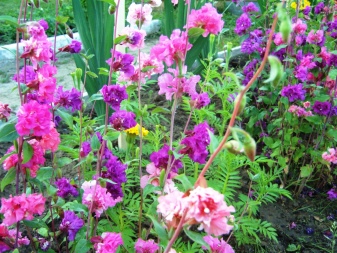

Most often it is planted near the walls of houses, fences and garden paths.


This culture looks very beautiful on balconies and loggias.



Clarkia graceful harmoniously fits into flower beds and becomes a real decoration of the garden.

Flowers are planted both singly and next to other flowering plants. So, a very effective ensemble is obtained when growing a culture with peonies, as well as roses, phlox, chamomile and delphinium.



To clearly see how the care and planting of the clarke is carried out, see the video.







































































































The comment was sent successfully.